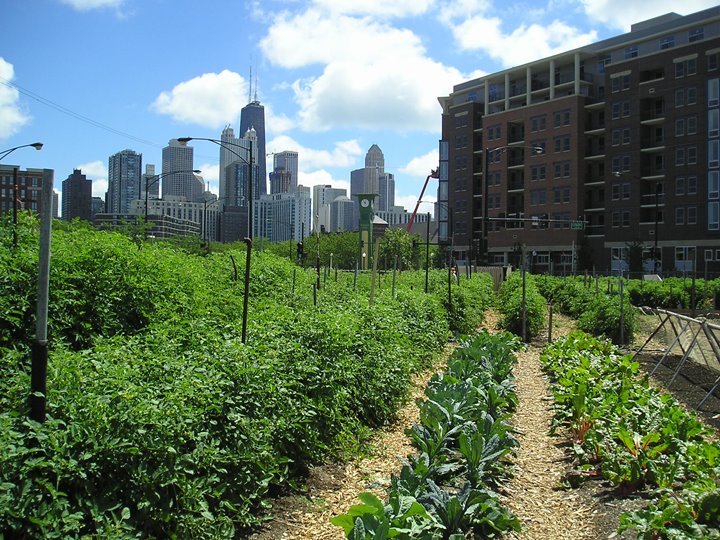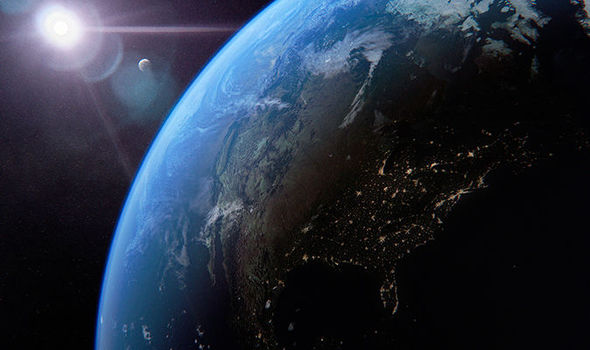
The need for protecting natural environments was realized by human beings in the earliest phases of human history as is evident from certain ancient texts. In India, for example, the voice for protecting environments was heard in the hermitage of the old saints who lived in forests. But the fact remains that it was industrial revolution which brought the issue into the limelight as it started causing far greater damage to natural environments. It was naturalist John Evelin who complained about the ‘hellish and dismal’ cloud over London in 1661 as a result of air pollution from coalburning. The current concerted global concern for protecting environments as an integral part of the agenda of sustainable development for mankind is a relatively recent event in the sense that the Stockholm Conference followed by Rio Summit highlighted the issue and its disastrous effects on human life.
Urban centers are more prone to environmental degradation because urbanization and industrialization go hand in hand. Globally speaking, the journey of urbanization began in the West; although we find traces of the emergence of urban centers in ancient India and elsewhere (such as in mainland China and non-indigenous Japan). At around 6000 years ago, farming villages bordering the Mesopotamian river valleys grew into the world’s first cities. These urban centers probably felt the sting of pollution which was a problem of many kinds that continued through, for example, the western part of the world. Needless to say, the last few decades have witnessed large scale urbanization the world over. We might argue this, in Popperesque fashion, to be but a continuation of history.
The present century is regarded as the century of urbanization in developing countries. It has been calculated that 80 per cent of the urban increase in the next two decades will occur in developing countries. It is argued that as a result of this, the world’s urban environmental problems will shift towards developing countries in the sense that the expansion of cities would bring with it different kinds of pollution which will trigger environmental degradation. As Asia is the largest habitat for urban populations in developing countries it has to draw up effective plans and formulate appropriate strategies to face this challenge.
Published in Political Reflection Magazine Vol. 3 No. 4




